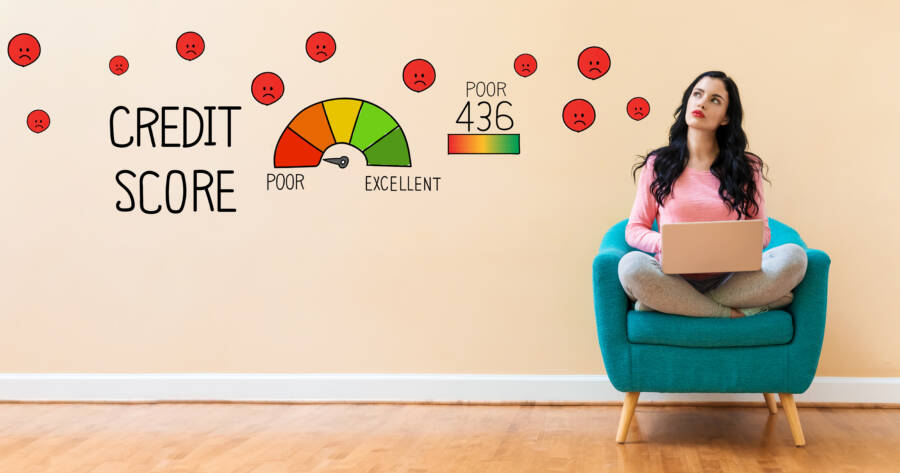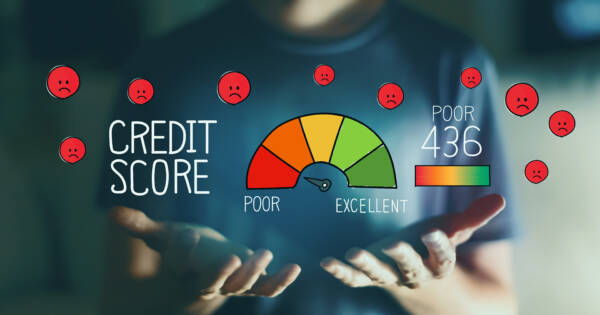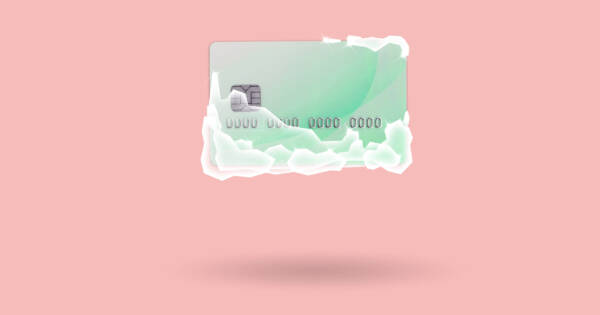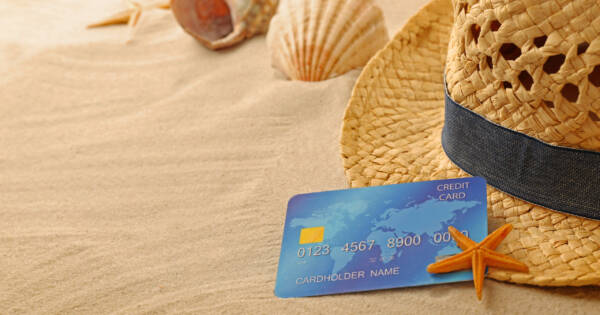If you’re new to the world of consumer credit, you should start out by educating yourself on the essentials of building a respectable credit history. This will make your future credit card, loan, and mortgage applications far more likely to succeed. It will also help you access larger loan amounts, credit limits, and lines of credit at banks. You’ll also be able to secure better terms, including lower interest rates. Over the course of your lifetime, that could add up to tens of thousands of dollars in savings.
Here are the five crucial steps that will get you on your way.
Start With a Low-Limit Secured Credit Card
Consumers with no previous credit history represent risk for financial institutions. Remember, they are in the business of minimizing risk. Thus, the easiest way to get started is with a secured credit card that carries a low spending limit.
When you open a secured credit card account, you will offer a cash deposit to the issuer. In most cases, this payment will equal your maximum credit limit. They can typically start as low as $500. If you have trouble paying your bill, the institution can use the deposit to cover your balance. This strategy effectively eliminates the risk the card issuer faces in extending your first credit card.
Look for a secured card with low or no application fees, annual fees, and processing fees. These cards also typically carry relatively high interest rates, at least compared to unsecured credit cards. Interest charges can add up fast, so it’s always a good idea to pay off your balance in full every month. Yes, it may seem counterproductive to give the bank your money up front in order to get credit. However, if you have no credit (or just terrible credit), you need to start somewhere.
Graduate to a Credit-Building or Secured Loan
A credit-building loan is another safe and effective tool that people often overlook when discussing how to build consumer credit. These loans function more like saving programs. Lenders usually place the full amount of the loan in a special account the borrower cannot access. Then, you make your payments and when you’ve erased the full loan balance, your funds are released. On the surface, a credit-building loan may seem like a strange thing to want — until you consider that your payments are reported to credit bureaus. A successful run will dramatically raise your creditworthiness.
Another option is to take out a secured loan from a bank or credit union. Secured loans require the borrower to put up collateral, which the lender retains the right to seize if you default on your payments. As with secured credit cards, secured loans usually carry higher interest rates but they are excellent credit-building tools. If you have paid off your car, it’s usually a decent piece of collateral to start with. Just make sure you don’t get in over your head, or your credit will be worse and the lender will seize whatever asset you put up.
Become an Authorized User on a Family Credit Card
Talk to your parents or siblings about becoming an authorized user on one of their existing credit cards. This entitles you to use the card without having to go through credit applications. Any payments you make are tracked in the card’s history, ensuring they will be reported to credit-tracking bureaus. Just speak to the card issuer in advance to ensure authorized user payments get reported the same way as payments made by the primary account holder.
Get a Co-Signer to Help
Another way to circumvent the secured credit card and loan products available to first-time borrowers is to get help from a co-signer with established credit. This person effectively acts as your guarantor by putting their own credit rating on the line. You can qualify for cards with higher credit limits and lower interest rates this way. Remember that your co-signer becomes responsible for all debts you accrue if you fail to meet your obligations. Acting irresponsible with a co-signed credit card could permanently ruin your relationship with the co-signer. So once again, we urge you to be responsible with anyone using their credit to vouch for you.
Use Credit Responsibly
The single most important thing you can do once you get your first credit card or loan is to demonstrate a high level of responsibility. Credit reporting agencies track consumer behaviors in great detail. Every payment you miss and every misstep you make will be noted on your long-term record, which will be available to lenders for years to come. Get things off on the right foot by following these surefire steps to landing in their good graces.
- Avoid using your credit card as a source of “bonus money” when your bank balance hits zero. How will you pay down your balance if you have no money?
- Use your credit card sparingly, and for small purchases you can easily afford.
- Make payments every month, and ensure they post by the specified due date. If you have any questions about this process, speak to your bank or your credit card company.
- Pay off your full balance as often as you can to optimize a metric known as your debt-to-credit ratio. The further you are from your credit limit, the faster your credit rating will rise.
Some credit-building guides advocate carrying a balance from month to month if you’re building credit to demonstrate your ability to manage loans. Others endorse paying your balance off in full every month to avoid interest charges. Both approaches have their merits and drawbacks, but in general, it’s safer to pay off your balance in full. Most new borrowers have significant financial limits, and saving the interest charges can make a major difference.
More Tips for Building Credit
While these five strategies will get you on your way to a good credit rating, they are just a sampling of the many avenues available to new borrowers. You don’t necessarily need a credit card to build credit. You can take out (and pay off) a student loan, get credit for your rent payments, or work with lenders that use alternative data like your bank balance and utility payment history when assessing your creditworthiness.
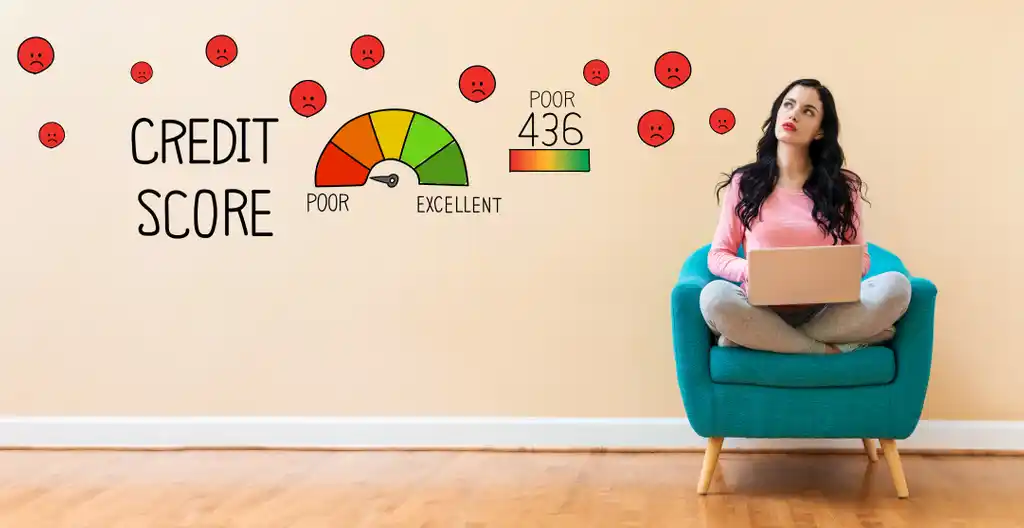 Shutterstock
Shutterstock